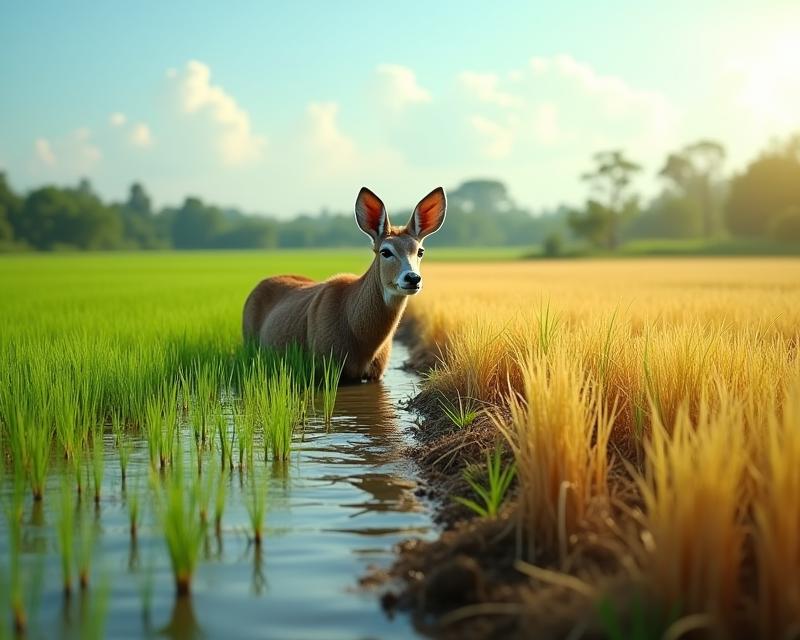Rice Varieties: Flooded vs. Upland Farming
Publish in Crops el 04/07/2025 15:54
Choosing the Right Rice for Your Farm
Rice is a staple crop for billions worldwide, and choosing the right variety can make all the difference in your yield and success. One of the most important factors to consider is whether you're farming in a flooded (paddy) system or an upland system. These systems have vastly different water conditions, and different rice varieties are best suited for each.

Understanding Flooded vs. Upland Rice Systems
Flooded (Paddy) Systems: These are the most common rice farming methods, where fields are intentionally flooded for most of the growing season. This provides essential water for growth and helps control weeds. Paddy rice varieties are specifically bred to thrive in these waterlogged conditions. The constant water also helps suppress many common rice pests.
Upland Systems: Upland rice is grown in fields that are not continuously flooded. These fields rely on rainfall and groundwater. Upland rice varieties are more drought-tolerant and can withstand drier conditions. They require careful water management, especially during critical growth stages.
Rice Varieties for Flooded Systems
For flooded rice systems, look for varieties like 'Basmati', known for its aromatic qualities and high demand. 'Jasmine' is another popular choice, prized for its fragrance. 'Cosa' is a widely grown variety in many regions, offering good yields and disease resistance in flooded conditions. These varieties generally have a shorter growing season, making them suitable for areas with a limited growing period.
Rice Varieties for Upland Systems
Upland rice varieties need to be more resilient. 'Lakshadweep' is a popular upland variety known for its adaptability to various soil types and drought tolerance. 'Ratlaxmi' is another excellent choice, offering good yields even with limited water. 'Ananta' is known for its ability to withstand lodging (falling over) in windy conditions, which is common in upland fields. These varieties often have longer growing seasons and require careful monitoring of soil moisture.
Making the Right Choice
Ultimately, the best rice variety for your farm depends on your specific climate, soil type, and water availability. Consult with your local agricultural extension office or seed supplier for recommendations tailored to your region. Consider factors like disease resistance, yield potential, and market demand when making your decision. Proper variety selection is a crucial step towards a successful rice harvest!





